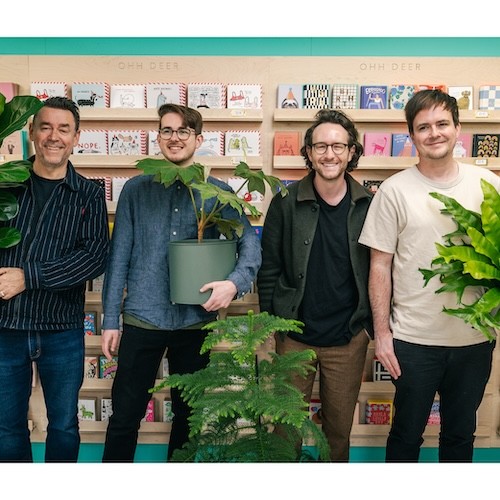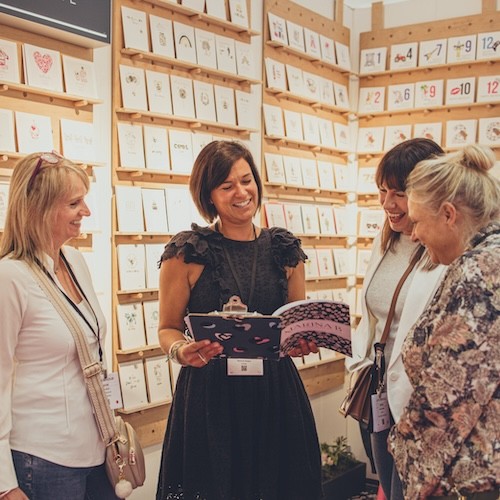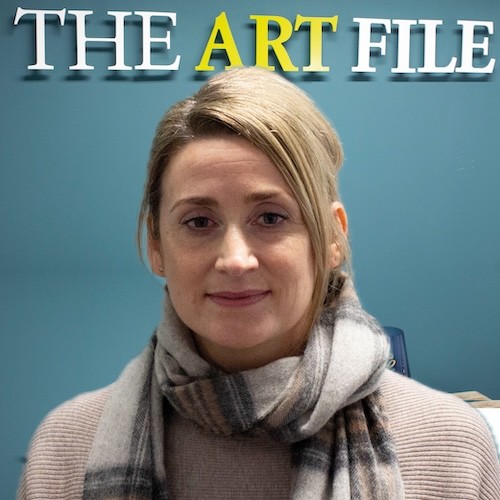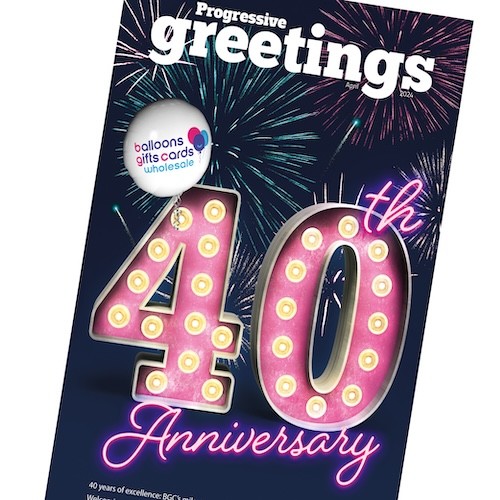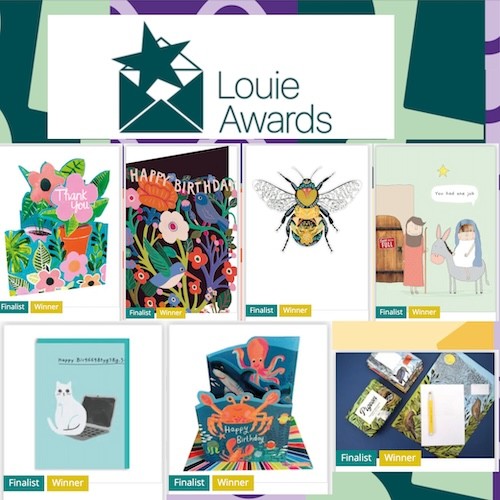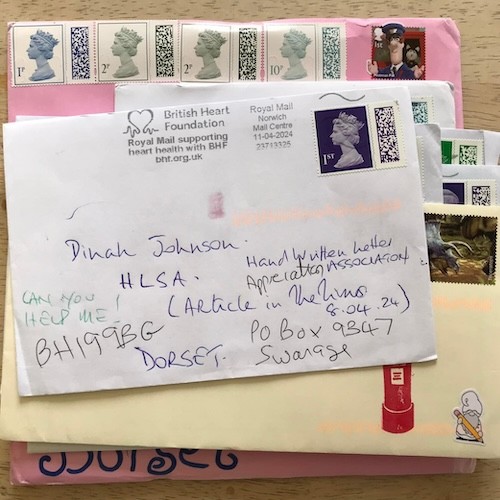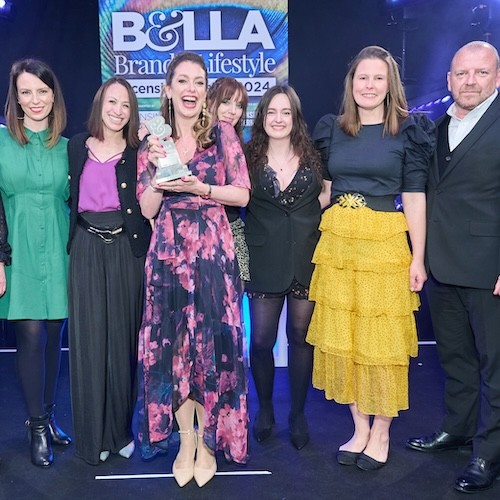Australian sculptor, Meri Peach is on a quest to find out more about the history of greeting card baskets. She is writing a book on the history of basket making in Australia and has come across greeting card baskets – where greeting cards were stitched or crocheted together – and is trying to find out more about this art. As part of her mission, Meri contacted the UK GCA to see if it could help shed any light on this aspect of greeting card history.
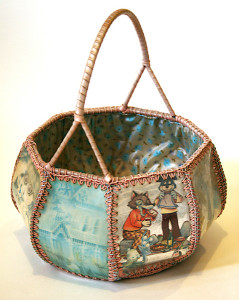
“This style of basketry was taught through the Country Womens’ Associations in Australia, particularly in the 1950s and 1960s but perhaps earlier,” says Meri. “I am wondering whether it was also taught through other Women’s Institutes and Associations around the world, so I am contacting various organisations like the GCA, trying to find out when/where the style originated.”
Meri has an example in her possession of a greeting card basket made by her great aunt in the early 1970s. “My aunt lived on a farm near the Murray River in Victoria, and was very much a ‘mend and make do’ sort of woman. These baskets were usually made from greeting cards, but her basket uses a combination of 3D postcards, fancy papers and cut-out pictures, overlaid with clear plastic sheets (which are becoming quite brittle with age). They are stitched together with plastic cord, on a wooden base with holes punched in it. Inside the wrapping there seems to be a rigid wire frame.”
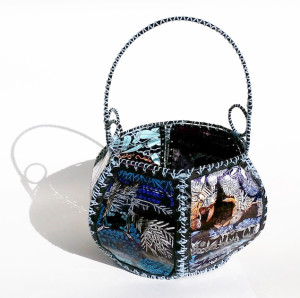
Meri is determined to discover the origins of this basketry style, and has not yet found the ultimate answer to the question of how they began. “The style does not even seem to have an accepted, official name, which makes the research quite challenging,” she says. “They were quite popular in Australia in the mid 20th Century, but it seems they were made in other countries too. As well as octagonal and hexagonal baskets, there are examples of boxes (often called ‘hanky boxes’) and other kinds of vessels. The cards generally have holes punched in them and are bound together with crochet or with simpler stitching. There have been some suggestions that the style began in Victorian times or even earlier, as part of ladies’ needlework craft, but I have yet to verify this. I would love to hear from anyone who has more information about the historical roots of these greeting card baskets.”
If you have any information that could help Meri, please get in touch with her via her website.












